
- •3. Find the equivalents:
- •4 . Match the necessary postpositions and find them in the texts ''Brownian Motion'' and ''Diffusion'':
- •5. Match the synonyms:
- •6.Below you will find a list of physical terms mentioned in the text. Choose their Russian equivalents in the right-hand column.
- •7. Find the correct form of the participle:
- •9.Translate the sentences with participial constructions:
- •6.Главные проблемы экономики - это дефицит и ограниченные ресурсы.
- •13.Explain the difference in translation of gerunds and participles:
- •14.Translate the sentences into Russian paying attention to the gerund:
- •16.. Find the sentences with the gerund:
- •1 7. Translate the sentences paying attention to the gerund:
- •19. Revision of the –ing forms.
1 7. Translate the sentences paying attention to the gerund:
1.Plants are useful sources of energy thanks to their storing the sun's radiation in chemical form.
2.Robots are good at doing the same task without asking for a safe working environment
.
3.People keep finding alternative sources of energy.
4.Maintaining good natural balance is our primary concern.
5.The possibility of participating in the work of the international conference terrified him.
6.They are for discussing this problem as soon as possible.

18. Find the sentences containing PARTICIPLE 1:
1. You shouldn't forget that there are plenty of problems remaining still unsolved.
2. I don't doubt his working in the field of electronics.
3. The researchers working in this field deal with the problem of conductivity.
4.Working there he is certain lo deal with such materials.
5.Their having failed in developing this problem is quite understandable.
6.An increasing number of production processes are being controlled by machines rather than men.
7.Increasing the number of machine-controlled production processes we shouldn't forget of the difficulties involved.
8.You have certainly heard of their having increased the number of machine-controlled processes.

19. Revision of the –ing forms.
The cinema being built in our street is of modern design.
2. Being built of stone and plastics the cinema will look fine.
3. This is a good beginning.
4. Having taken the examinations, he went to his native town.
5. Examples being given by the teacher in class help the students to understand the rule.
6.He read the document without looking at us.
7.Technique having reached a high stage of development, new methods of work became possible.
8 .He
succeeded in presenting the necessary material.
.He
succeeded in presenting the necessary material.
9.He displayed great skill in designing this new device
Ring me up before going to the University.
Reading books is a necessary part of our studies.
Without constantly studying it is impossible to learn to translate original texts.
Having been asked for the book, the librarian promised to look for it.
This man was greatly interested in collecting minerals.
A great many young people studying at various educational establishments combine work and studies.
By doing so he helped me greatly.
The students were writing when we entered the room.
All the students having finished the translation in time, j we could check it in class.
The conversation was interesting, many physicists taking part in it.
The painting represents a young girl.
Who does the cooking in your family?
Many bridges over the river having been built, it became possible to reach the distant part of the region.
Would you mind switching on the TV set?
He failed bringing us the necessary materials.
Having achieved the necessary results, we decided to describe them in our article.
Learning rules without examples is useless.
Translate the text and fulfill the tasks given in Comprehension check.
R |
|
|
|
|
|
|
|
Born |
21 December 1773 Montrose, Scotland |
Died |
10 June 1858 (aged 84) London, England |
Nationality |
Scottish |
Fields |
Botany |
Known for |
Brownian motion |
 Brownian
motion
is named after the Scottish botanist, Robert Brown, who discovered it
in 1827. He was making a routine examination under a microscope of
some pollen grains suspended in water when he noticed they were all
vibrating.
Brownian
motion
is named after the Scottish botanist, Robert Brown, who discovered it
in 1827. He was making a routine examination under a microscope of
some pollen grains suspended in water when he noticed they were all
vibrating.
 [Vibration
is a
movement first in one direction and then back again in the opposite
direction. It is exhibited, for example, by a swinging pendulum.
Random vibrations are exhibited by the molecules in matter. Any
simple vibration is described by three factors: its amplitude, or
size; its frequency, or rate of oscillation; and the phase, or timing
of the oscillations relative to some fixed time.]
At first Robert Brown thought this was because they were alive, but
the same thing happened with small particles of dye that were
obviously dead. The
smaller
particles moved around
more
than the larger ones and there was no sign at all that they would
ever settle down. We now know that this motion is due to the
bombardment of the particles by molecules of water (or a
[Vibration
is a
movement first in one direction and then back again in the opposite
direction. It is exhibited, for example, by a swinging pendulum.
Random vibrations are exhibited by the molecules in matter. Any
simple vibration is described by three factors: its amplitude, or
size; its frequency, or rate of oscillation; and the phase, or timing
of the oscillations relative to some fixed time.]
At first Robert Brown thought this was because they were alive, but
the same thing happened with small particles of dye that were
obviously dead. The
smaller
particles moved around
more
than the larger ones and there was no sign at all that they would
ever settle down. We now know that this motion is due to the
bombardment of the particles by molecules of water (or a ny
other liquid or gas in which they are suspended). The bombardment
takes place from all directions and normally the resulting forces on
the particle cancel out. With a very small particle, the number of
molecules hitting it will also be smaller.
Exact
cancellation of the forces is therefore less
likely to occur,
making the particle move. The movement of molecules was quite unknown
when Brown made his discovery. This had to wait till Maxwell had
worked out the kinetic theory about 40 years later. Relating the
kinetic theory to Brownian motion had to wait another 35 years, when
in
1905, Einstein published a theoretical analysis of Brownian motion.
He saw it as a crucial test of the kinetic theory, even of the
atomic/molecular nature of matter. Previous discussions of the
phenomenon had all been qualitative—Einstein demonstrated that
careful observation of Brownian motion could reveal the actual size
of molecules, that is, find Avogadro’s number. Einstein
worked out all the mathematical details. His formula predicted
the distance the particles would move in a certain time according to
their size. He was even able to relate this to the size of the
molecules causing the motion. Soon after, experiments confirmed
Einstein's theory and gave good values of molecular and atomic sizes.
Even though the atomic theory of matter was 100 years old by this
time, there were still a few eminent scientists who thought that
atoms were merely a convenient fiction. Einstein's analysis of
Brownian motion finally convinced even the last remaining diehards
that molecules really did exist, for here was the first time that
their effect could be directly observed rather than deduced.
ny
other liquid or gas in which they are suspended). The bombardment
takes place from all directions and normally the resulting forces on
the particle cancel out. With a very small particle, the number of
molecules hitting it will also be smaller.
Exact
cancellation of the forces is therefore less
likely to occur,
making the particle move. The movement of molecules was quite unknown
when Brown made his discovery. This had to wait till Maxwell had
worked out the kinetic theory about 40 years later. Relating the
kinetic theory to Brownian motion had to wait another 35 years, when
in
1905, Einstein published a theoretical analysis of Brownian motion.
He saw it as a crucial test of the kinetic theory, even of the
atomic/molecular nature of matter. Previous discussions of the
phenomenon had all been qualitative—Einstein demonstrated that
careful observation of Brownian motion could reveal the actual size
of molecules, that is, find Avogadro’s number. Einstein
worked out all the mathematical details. His formula predicted
the distance the particles would move in a certain time according to
their size. He was even able to relate this to the size of the
molecules causing the motion. Soon after, experiments confirmed
Einstein's theory and gave good values of molecular and atomic sizes.
Even though the atomic theory of matter was 100 years old by this
time, there were still a few eminent scientists who thought that
atoms were merely a convenient fiction. Einstein's analysis of
Brownian motion finally convinced even the last remaining diehards
that molecules really did exist, for here was the first time that
their effect could be directly observed rather than deduced.
Distinguished Men of Science.
Notes to the text:…is less likely to occur –..маловероятно произойдёт
Comprehension check
2
1.Brownian motion is named after a)French scientist b)English physicist c)Scottish botanist 2.Random vibrations are exhibited by
a b)molecules c)atoms 3.Any simple vibration is described by a)its amplitude b)frequency c)amplitude, frequency, the phase 4.Pollen grains were a)alive b)dead c)strange 5.The bombardment takes place a)from one direction b)from different directions c)from all directions 6.The movement of molecules was a)quite known b)quite unknown c)quite unexpected 7. Soon after experiments confirmed a)Maxwell’s theory b)Brown’s theory c)Einstein’s theory
1.When was Brownian motion discovered? 2.What did Robert Brown notice during a routine examination under a microscope of some pollen grains? 3.What is vibration from the physical point of view? 4.What kind of vibration is exhibited in matter? 5.Is any simple vibration described by two or three factors? 6.The smaller particles moved around more than the larger ones, didn’t they? 7.What do we know now about motion of particles? 8.What kind of bombardment takes place? 9.Was the movement of molecules quite unknown when Brown made his discovery? 10.Forty years later Maxwell worked out the kinetic theory, didn’t he? 11.Who published a theoretical analysis of Brownian motion? 12.What did Einstein demonstrate? 13.Did Einstein’s analysis really prove the existence of molecules?
22. Put the jumbled sentences in the logical order to sum up the contents of the text.
|
|
|
|
|
|
|
|
|
|
|
|
ADDITIONAL TEXT.
Find all –ing forms in the text and define them. Translate the text in a written form.

Diffusion is a process resulting from random motion of molecules by which there is a net flow of matter from a region of high concentration to a region of low concentration. A familiar example is the perfume of a flower that quickly permeates the still air of a room.
Heat conduction in fluids involves thermal energy transported, or diffused, from higher to lower temperature. Operation of a nuclear reactor involves the diffusion of neutrons through a medium that causes frequent scattering but only rare absorption of neutrons.
It is found that the rate of flow of the diffusing substance is proportional to the concentration gradient. If j is the amount of substance passing through a reference surface of unit area per unit time, if the coordinate x is perpendicular to this reference area, if c is the concentration of the substance, and if the constant of proportionality is D, then j = -D(dc/dx); dc/dx is the rate of change of concentration in the direction x, and the minus sign indicates the flow is from higher to lower concentration. D is called the diffusivity and governs the rate of diffusion.

23.Speak on the problem described in the text “BROWNIAN MOTION”. Make use of the following prompts:
The main idea of the text is …
The text runs (is) about …
At first the author describes (defines, analyzes, determines, considers, regards, states that, etc)…
Then the author passes on (to) (turns to) the description (analysis, definition, determination, consideration, etc) of ….
It is pointed out (indicated, showed, admitted, etc) that …
At the end of the text the author draws the following conclusion …
The author concludes by stating (pointing out, stressing, underlining, emphasizing, etc) that …
In my opinion (to my mind, I think (suppose, believe, etc) that …
24. Watch the films and give short summaries of them in a written form. What /new/information can you learn from them? Use expressions from Exercise 23.
25.
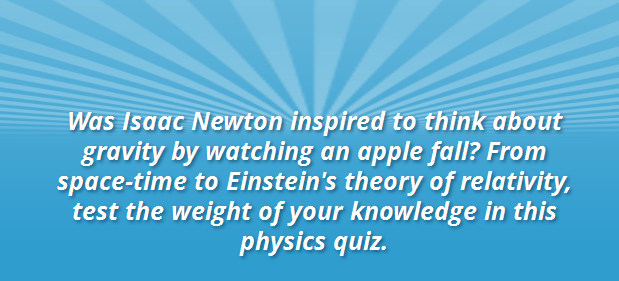

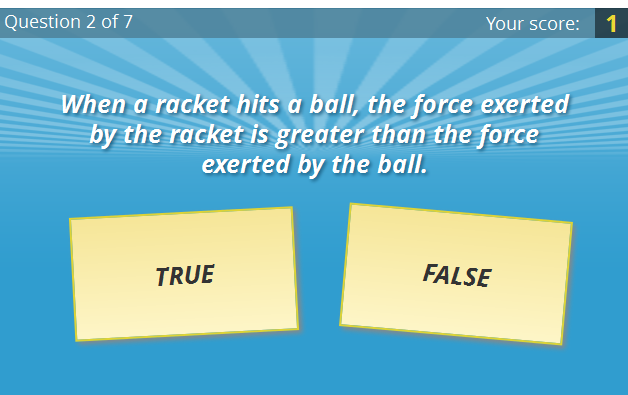
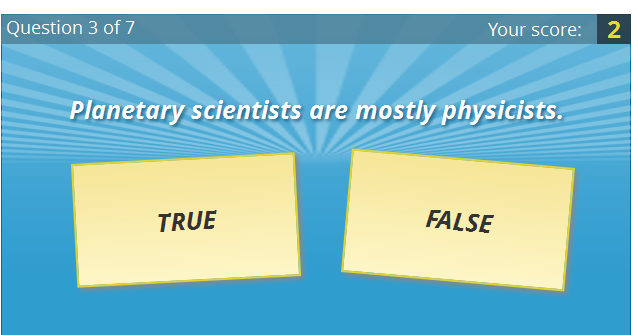
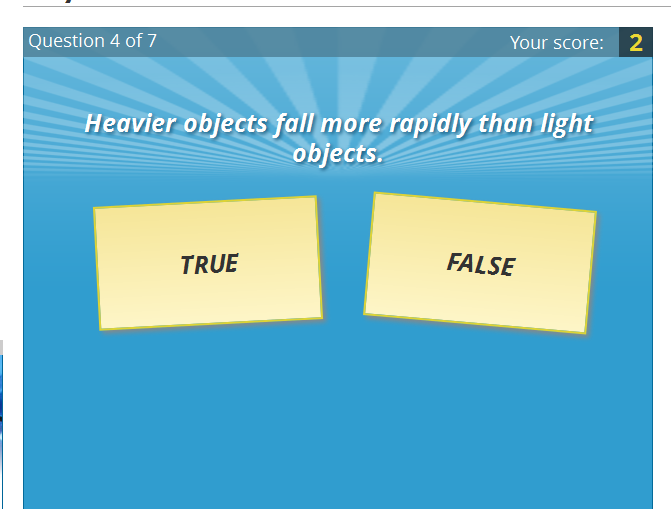
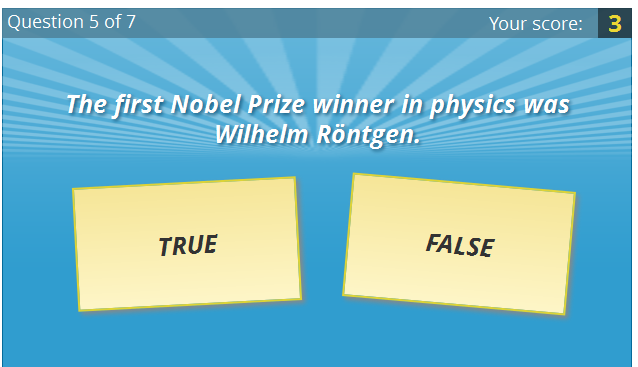

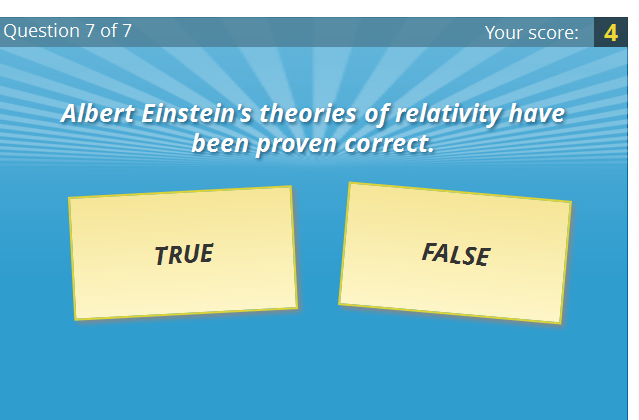
ACTIVE VOCABULARY FOR
UNIT 7

named after названный в честь
to discover обнаружить
to suspend подвешивать, подвесить
to notice заметить
to vibrate вибрировать
to exhibit показывать проявлять
to swing качаться
to describe описывать
to oscillate колебаться
to think считать полагать
to happen происходить
to move around передвигаться
to settle down успокоиться
to know знать
t o
be due to
благодаря
o
be due to
благодаря
to take place иметь место состояться
to cancel out отменить
to hit ударять
to occur случаться происходить
to wait ждать ожидать
to work out разрабатывать
to relate to относиться к
to publish публиковать
to see видеть понимать
to reveal обнаружить
to predict предсказывать
to cause заставлять , вызвать
to confirm подтвердить
to convince убедить
to remain оставаться
to exist существовать
to observe наблюдать
to deduce выводить
to result from происходить, являться результатом
to permeate проникать
to involve включать в себя
to transport переносить
to diffuse распространяться, диффундировать
t o
scatter
рассеивать,
рассеять
o
scatter
рассеивать,
рассеять
to absorb поглощать
to pass through пройти через, проникать
to indicate указывать, показывать
to govern управлять



 o b e r t B r o w n in 1855
o b e r t B r o w n in 1855
 0.
Choose
the appropriate ending a,
b, or c:
0.
Choose
the appropriate ending a,
b, or c: )neutrons
)neutrons 21.
Find
answers to the following questions:
21.
Find
answers to the following questions:
 andom
vibrations are exhibited by the molecules in matter.
andom
vibrations are exhibited by the molecules in matter.